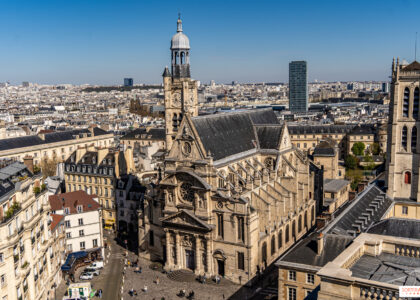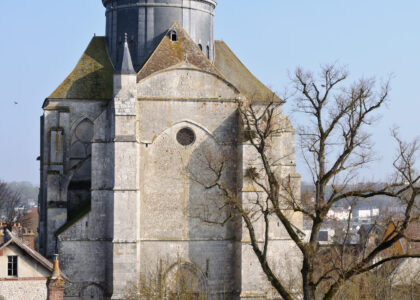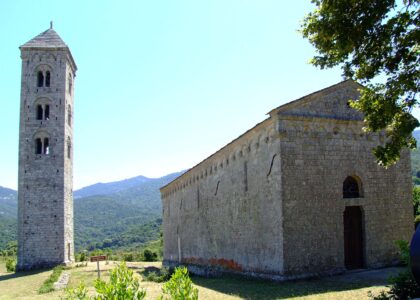Welcome to the Green-Meldrim House, a jewel of Gothic Revival architecture and a cornerstone of Savannah’s rich history. Situated at 14 West Macon Street, this house stands as a testament to the opulence and historical significance of 19th-century Southern life. Let’s travel back in time to the early 1850s when Charles Green, a successful English immigrant and cotton merchant, commissioned the construction of this grand residence. Charles Green arrived in Savannah in 1833 with little to his name. However, through his endeavors in the cotton industry, he amassed considerable wealth. By 1853, Green was able to build this extraordinary home for $93,000—a staggering sum at the time. Designed by the renowned architect John Norris, the house showcases Norris’s departure from his usual styles, embracing the Gothic Revival with its intricate ironwork, oriel windows, and a crenellated parapet. The Green-Meldrim House is not just an architectural marvel but also a historical landmark due to its role during the American Civil War. In December 1864, as General William Tecumseh Sherman led Union forces into Savannah during his infamous March to the Sea, Charles Green offered his home to Sherman as headquarters. This strategic gesture is believed to have spared Savannah from the destruction that befell other Southern cities. It was within these walls that General Sherman famously penned his telegram to President Abraham Lincoln, offering the city of Savannah as a ‘Christmas gift’ to the Union, along with artillery and cotton. After the war, in 1892, the property was purchased by Judge Peter Meldrim, a prominent local figure who lived in the house until it was sold in 1943 to St. John’s Episcopal Church. Today, the house is owned by the church and serves as a venue for tours, meetings, and receptions. While exploring the Green-Meldrim House, visitors can admire the exquisite interior details such as the American black walnut woodwork, silver-plated doorknobs, and the Carrara marble mantles. The house’s historical significance and architectural beauty continue to draw visitors eager to step into a bygone era of Southern elegance.






